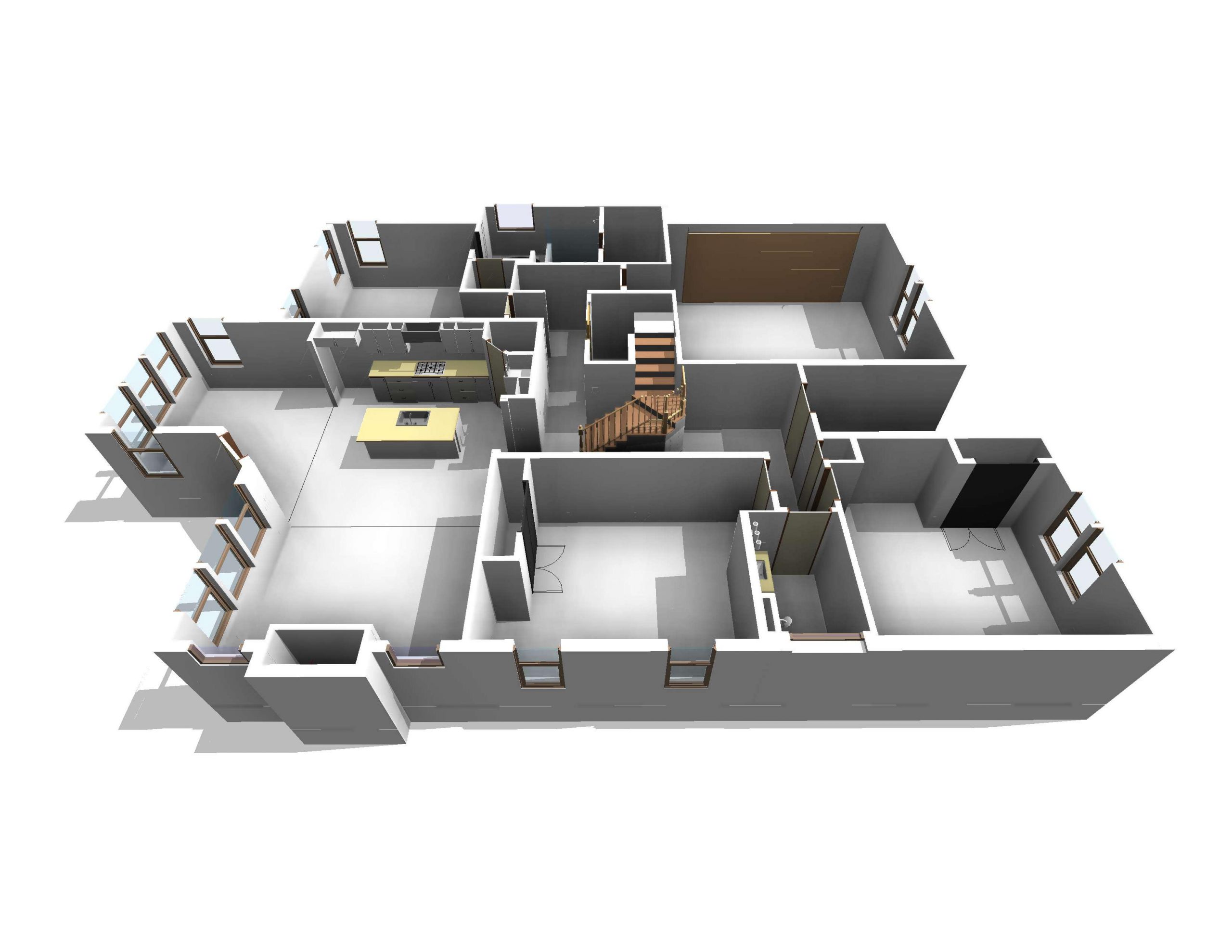Digital delivery is rapidly changing the way that contractors work in the construction industry. One of the most valuable additions BIM offers the AEC industry is an opportunity to work together more closely and concurrently than ever before. BIM provides a collaborative approach to deal with any construction project which intends to save time and reduce costs throughout the supply chain. Many architects and general contractors are already able to deliver projects in a BIM environment, which is cascading through the supply chain and starting to impact projects at the subcontractor level.
Some subcontractors were happy being smaller parts of larger projects, but BIM has opened new doors for them to act as partners in the project. And it makes total sense, it is becoming essential for contractors to integrate BIM into their services, so they can remain competitive and secure work. But BIM also offers a wealth of benefits to contractors and subcontractors. By providing access to real-time project information, it can help them optimize all tasks, from budget allocations, material procurement, site planning, quality control, and site safety.
1. BIM Makes Your Services Marketable
General contractors have to be the early adopters since BIM helps them with presenting, managing, executing, and handing over the project. Now, most subcontractors are dependent on word of mouth to get their next assignment. But for subcontractors, BIM will be an integral part of the puzzle and any major construction project.
BIM provides an advantage of differentiation, and many subcontractors have this advantage in their services. The subcontractors who have a niche set of specialization for their services can stay relevant without BIM for a while. Thus, by becoming a part of the early wave of adoption, you are communicating to general contractors and clients that you can institutionalize your process and deliver the standard of quality they are seeking.
2. BIM Allows You to Understand Your Deliverable in the Context of the Larger Project.
The services offered by these subcontractors from just one to several escalates their growth. Becoming a part of the BIM team makes you responsible for providing specific data, feedback, and deliverables based on the model. This stage is where one gets to see – how will their work get utilized in the larger scheme of things. A subcontractor who wants to grow will be able to sense how to mold their services to aid the project’s development speed. This quality will make them a partner in the project, and not just an individual who offers specific services ordered by the general contractors.
3. BIM Empowers You to Raise Red Flags in Time.
As soon as you are a partner in the process, you can start looking at how the on-site project flow. BIM helps you visualize this with all the information in one place – Common Data Environment. You can analyze the design and structure that will impact your work. It will help in planning for the resources you will need or to partner with specialized suppliers.
Many subcontractors complain about being eliminated from the project for someone else’s mistake, which flowed into their work. With BIM for subcontractors, you will be able to assess the work that serves as a platform for your work. If you see any red flags, you can point them out before anyone sets foot on the site.
4. BIM Helps You Optimize Your Resource Allocation to the Project
As a subcontractor, using BIM will protect you from such issues. BIM provides a platform to share common data between the team. Whenever you are having problems, the team will get to know about it. Not just this, attributing the issue to the due party is also unworried with BIM. But more than that – BIM gives you updates on time and helps you organize your resources to meet the schedule. Whether that is temporary engagement with other work or withdrawal from other projects – you will get enough time to decide.
5. BIM Gives You Strategic Insights.
As you deliver on your mandated duties, you will get to pick up strategic insights about the project. You will get to partner with subcontractors with bigger invoice sizes and see their processes. Not just this, since you know how your contribution helps the project, you will get to know what complementary and supplementary services you should start offering now onward that will provide incremental topline growth at nominal costs. BIM lends you a direction that you can use to add new offerings in your portfolio and become a key player in the market.
If you looking for a way to simply BIM can help a subcontractor on your construction projects, Home3ds is the solution for you. Contact us now for more service details.

